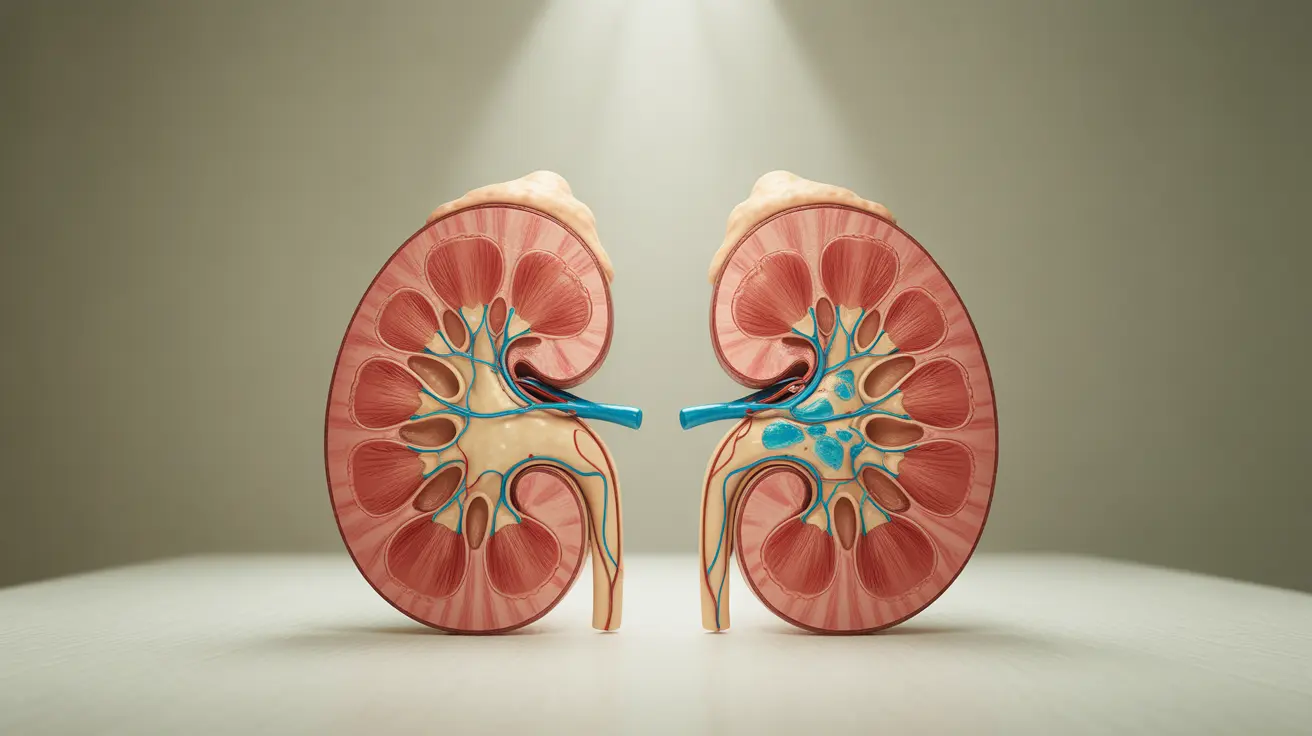Allergic reactions to chemotherapy can be a concerning side effect for cancer patients undergoing treatment. These reactions can range from mild discomfort to severe, life-threatening responses that require immediate medical attention. Understanding the signs, symptoms, and management strategies is crucial for patients and their healthcare providers.
While not everyone experiences allergic reactions to chemotherapy, being prepared and knowing what to watch for can help ensure prompt treatment if a reaction occurs. Healthcare teams typically have protocols in place to prevent, monitor, and address these reactions effectively.
Types of Allergic Reactions to Chemotherapy
Allergic reactions to chemotherapy can be categorized into different types based on their severity and timing:
Immediate Reactions
These reactions typically occur during or shortly after the chemotherapy infusion and can include:
- Hives or rash
- Itching
- Fever or chills
- Facial flushing
- Difficulty breathing
- Changes in blood pressure
Delayed Reactions
Some reactions may develop hours or days after treatment:
- Skin rashes
- Joint pain
- Muscle aches
- Fever
- Fatigue
Identifying and Monitoring Allergic Reactions
Healthcare providers carefully monitor patients during chemotherapy administration, particularly during the first few treatments when reactions are most likely to occur. Vital signs are regularly checked, and patients are observed for any signs of adverse reactions.
Risk Factors
Certain factors may increase the likelihood of experiencing an allergic reaction:
- Previous allergic reactions to medications
- History of allergies or asthma
- Specific types of chemotherapy drugs
- Rate of drug administration
Prevention and Management Strategies
Healthcare teams employ various strategies to prevent and manage allergic reactions to chemotherapy:
Premedication Protocol
Before chemotherapy administration, patients may receive:
- Antihistamines
- Corticosteroids
- Anti-nausea medications
- Other preventive medications as needed
Treatment Modifications
If reactions occur, treatment adjustments might include:
- Slower infusion rates
- Alternative drug formulations
- Different premedication protocols
- Consideration of alternative chemotherapy agents
Frequently Asked Questions
What are the common symptoms of an allergic reaction to chemotherapy?
Common symptoms include hives, itching, rash, fever, chills, shortness of breath, changes in blood pressure, and facial flushing. Some patients may experience nausea, chest tightness, or dizziness.
How is anaphylaxis treated in patients undergoing chemotherapy?
Anaphylaxis requires immediate treatment with epinephrine, antihistamines, and corticosteroids. The chemotherapy infusion is stopped immediately, and patients receive emergency medical care, including oxygen support and close monitoring of vital signs.
What medications or premedications can help prevent allergic reactions during chemotherapy?
Common premedications include antihistamines (like diphenhydramine), corticosteroids (such as dexamethasone), and anti-nausea medications. These are typically administered before chemotherapy to reduce the risk of reactions.
Can you continue chemotherapy if you have a severe allergic reaction, and what are the alternatives?
After a severe reaction, your healthcare team will evaluate whether to continue with the current treatment. Options may include switching to a different chemotherapy drug, using desensitization protocols, or exploring alternative treatment approaches based on your specific situation.
How can I manage and prevent skin reactions or rashes caused by chemotherapy?
Skin reactions can be managed through gentle skin care practices, avoiding harsh products, using recommended moisturizers, and protecting the skin from sun exposure. Your healthcare team may prescribe specific treatments such as topical medications or oral antihistamines as needed.




